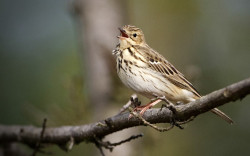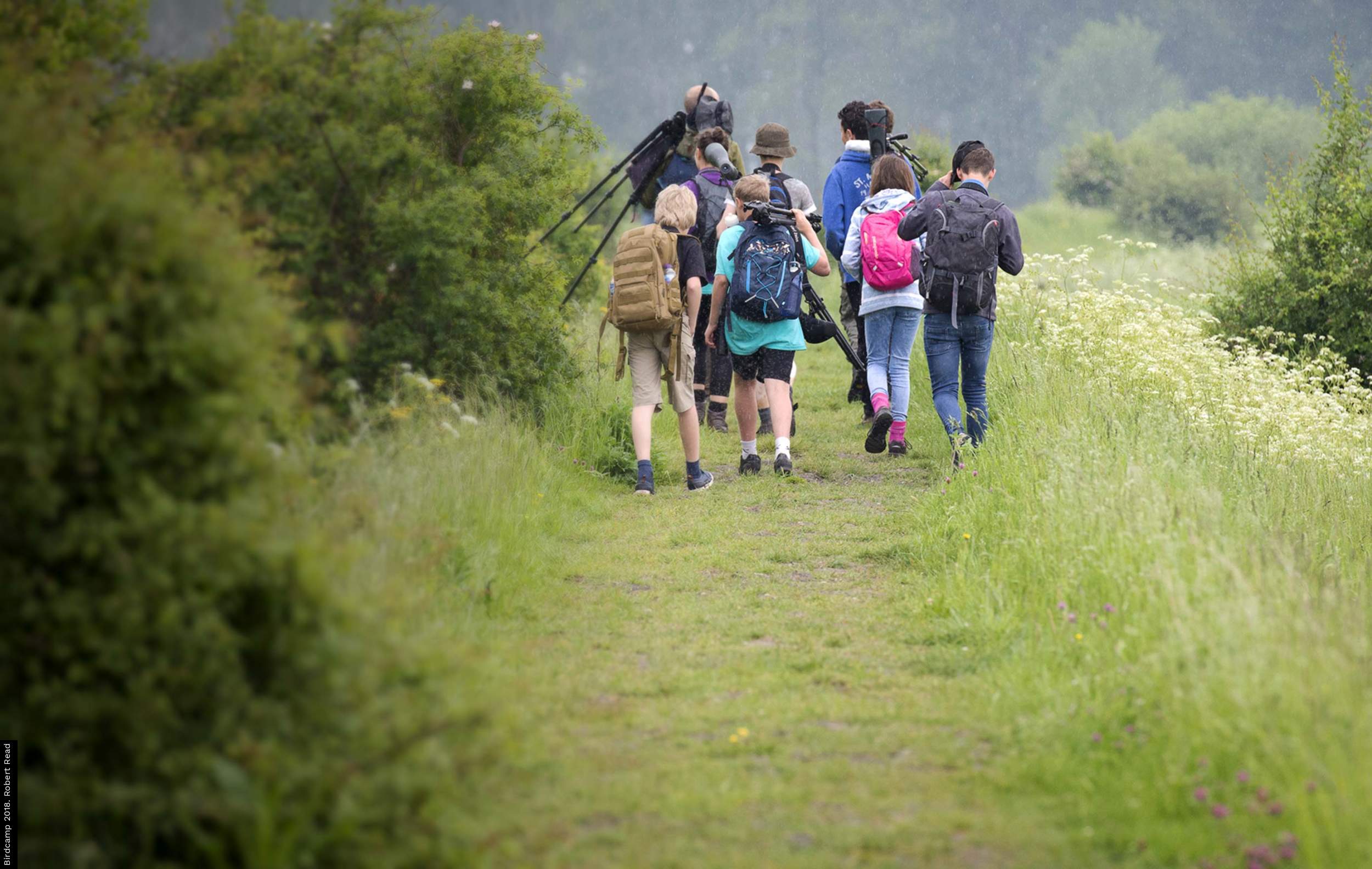BTO Conference 2021: Session 4 New Advances in Technology

- Presenter
- Niall Burton, Greg Conway & Mark Wilson
- Date
- Thursday, December 2, 2021 - 14:00 to 15:30
- Places
- Fully booked
Session 4 of the BTO Conference includes talks on Tree Pipits by Niall Burton, Greg Conway talking about Nightjar DNA barcoding and Mark Wilson presenting about the tracking of migrant passerines breeding in Scotland using miniaturised geolocators.
The talk will be held online using Zoom.
Individual acoustic monitoring as a tool to monitor avian survival - a pilot study on the Tree Pipit
Niall Burton
Ringing provides essential information for understanding the movements and dynamics of bird populations and thus for their conservation. Recently, though, an essentially different method – individual acoustic monitoring (IAM) – has started to be applied to monitor individuals. Here, I discuss a collaborative project with Charles University, Prague, evaluating the potential of this approach for monitoring annual survival in the Tree Pipit.
Niall is currently Head of BTO’s Wetland and Marine Team, overseeing our research into waterbirds and seabirds, working closely with Wetland Bird Survey (WeBS) staff in the BTO's Monitoring Team. He is also passionate about Tree Pipits and has been monitoring them as a volunteer nest recorder and ringer for more than ten years.
I know what you ate last summer! - Nightjars reveal their selective diet and foraging behaviour!
Greg Conway
The global insect decline has stark implications for many species that feed upon them, particularly Nightjars. In this study, we use new technological methods of GPS tracking combined with faecal DNA metabarcoding to discover where they forage and what they feed on, and to better inform future habitat management.
Since arriving at BTO in 1998, Greg has worked on a variety of research projects involving birds in farmland, upland and woodland habitats, as well as a number of national surveys. Thetford Forest has provided a perfect study site for research into forest bird communities and a number of it's key species, including Goshawk, Woodlark, Tree Pipit, Willow Warbler, and of course Nightjar; in collaboration with Forestry England, plus MSc and PhD students from local Universities. Use of tracking technologies has formed a substantial part of his work for the last 15 years, investigating both migration and home range use, particularly for Nightjar, but also including Blackcap, Tree Pipit, Woodlark, raptors and large gulls.
Where do our wee birds go? Tracking of migrant passerines breeding in Scotland using miniaturised geolocators
Mark Wilson
Several species of migrants have undergone large declines in recent years. Population changes of many of these species vary widely between different parts of the UK. This talk will describe ongoing work aimed at getting a better handle on whether the timing, routes or destinations of the post-breeding migrations of these birds could help to explain their fortunes.
Mark is a Senior Ecologist in BTO Scotland, based just to the west of Stirling. He works on raptors, waders and a wide range of upland and woodland wildlife.



Share this page